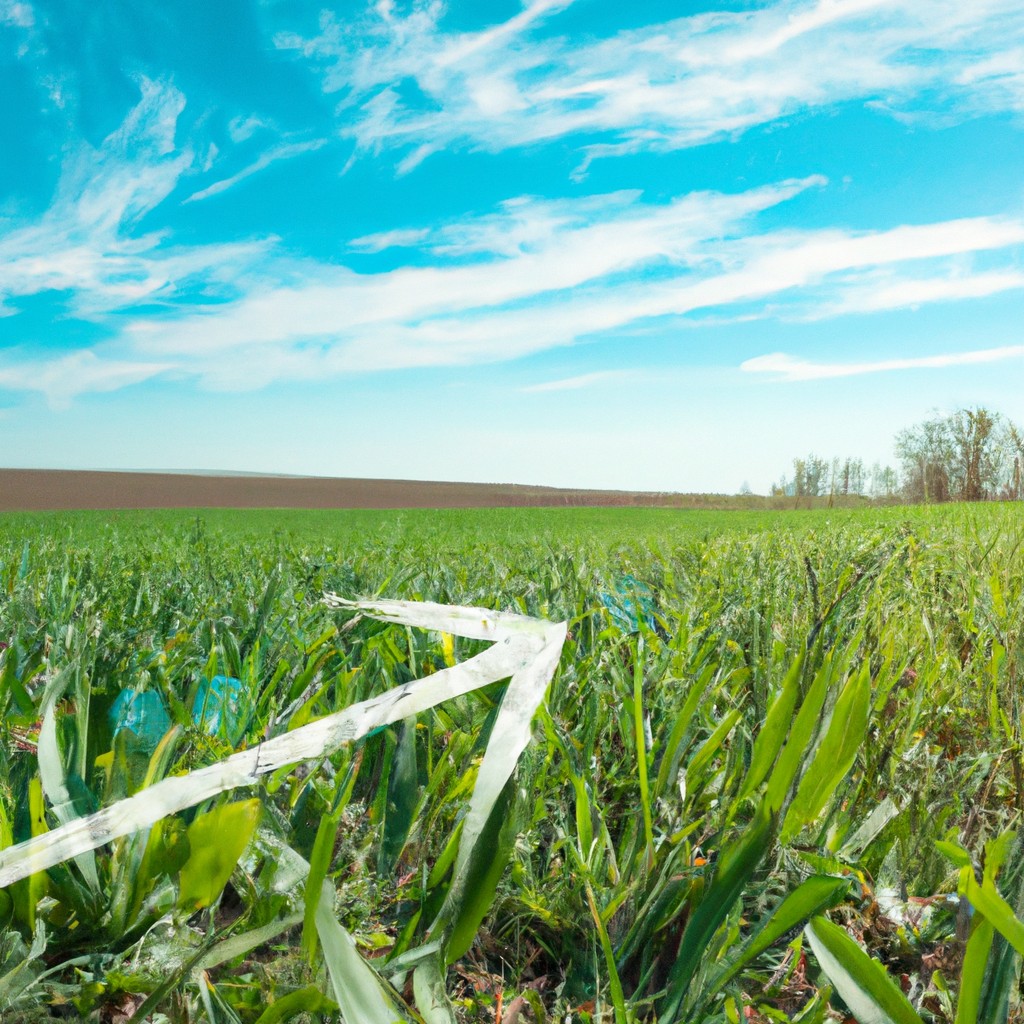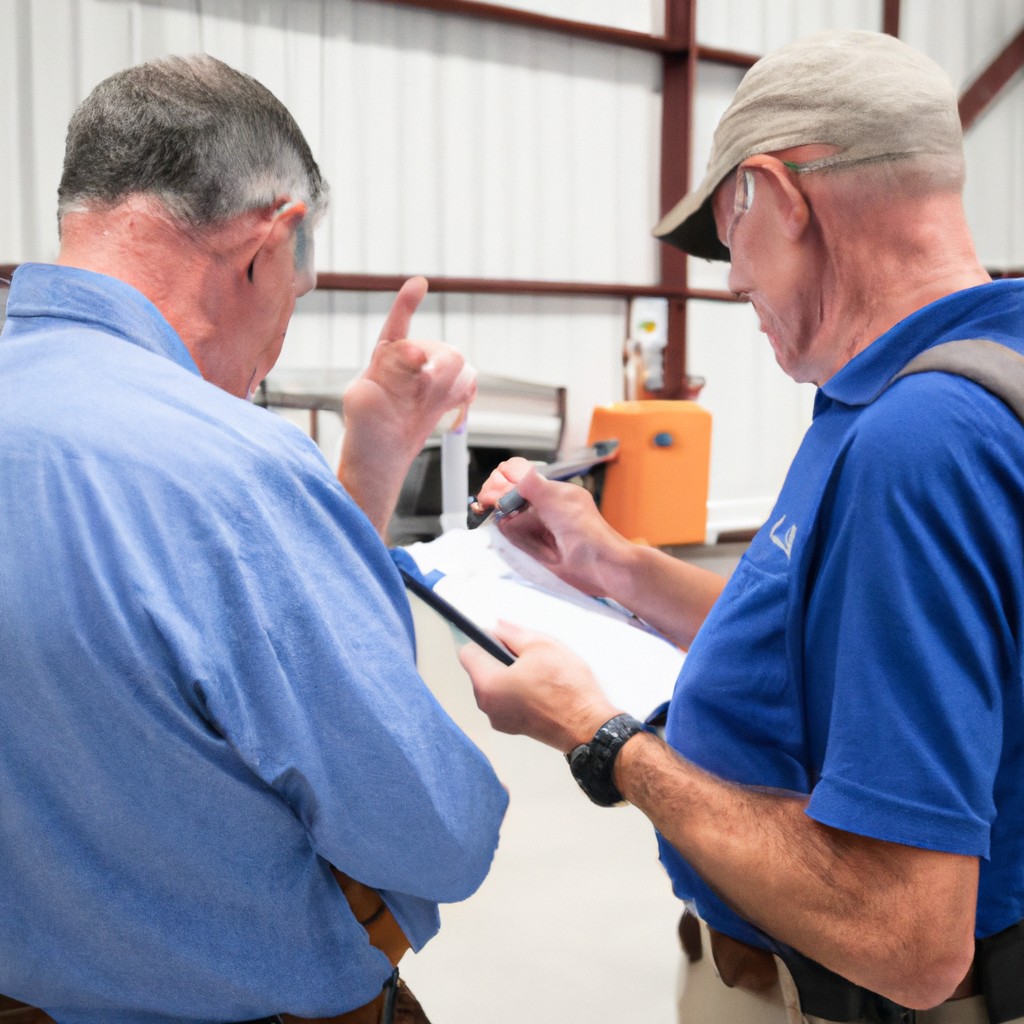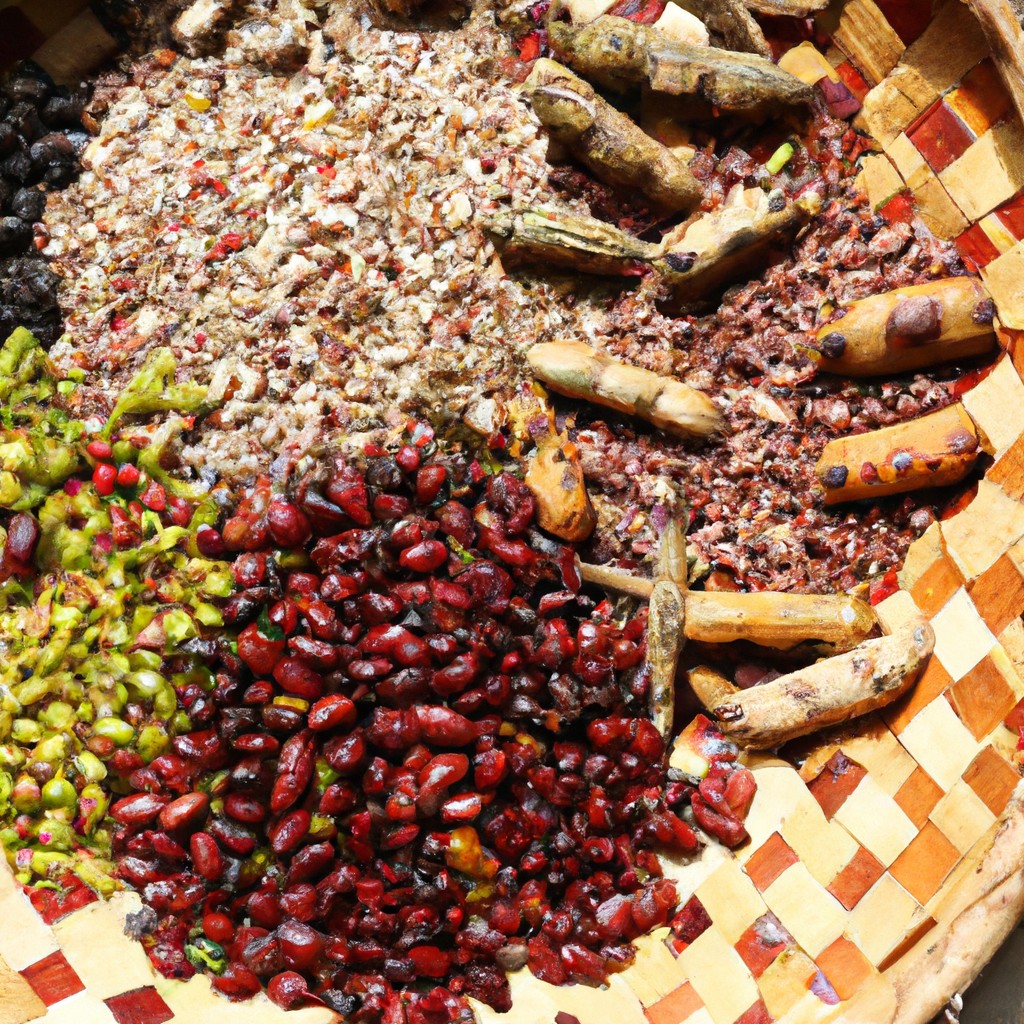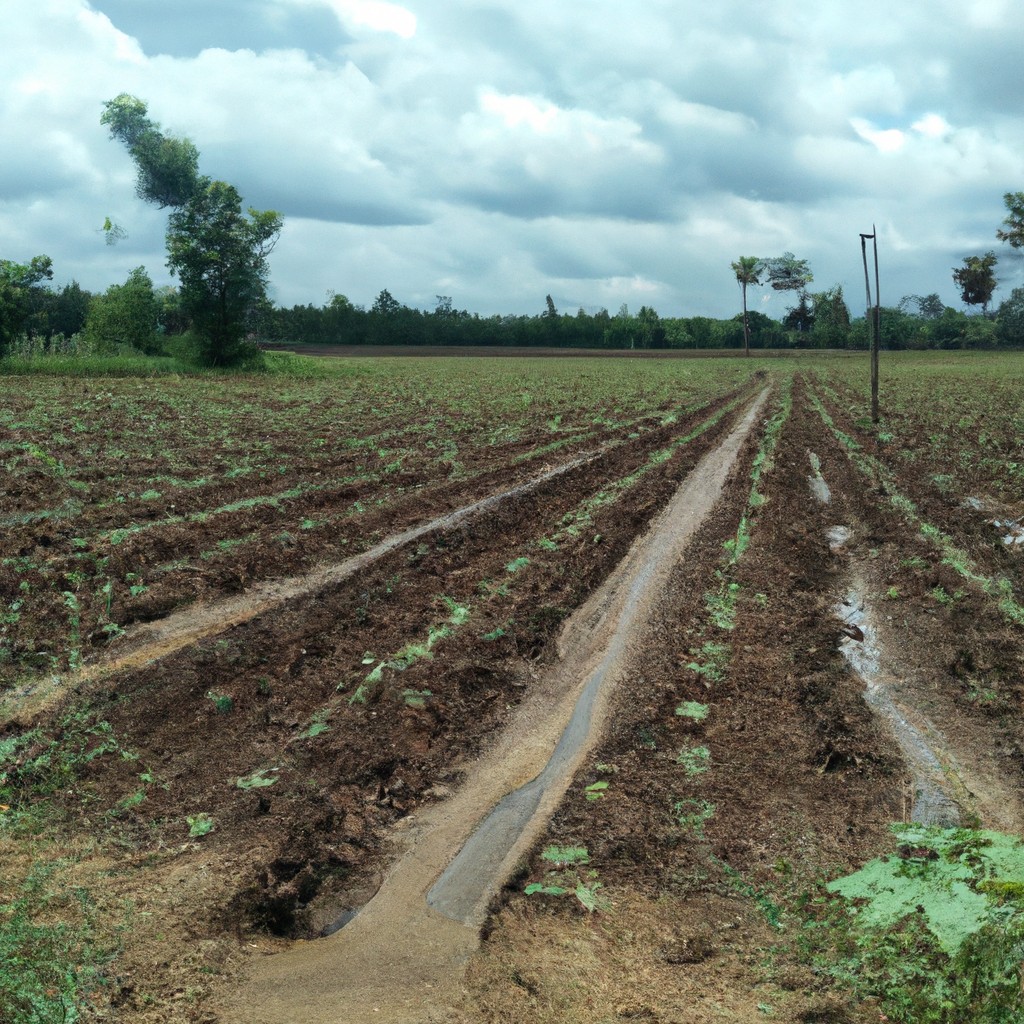Climate change can lead to food shortages by disrupting weather patterns, reducing crop yields, and increasing the frequency of extreme weather events, like droughts and floods, which play havoc with agricultural productivity.
Look Inside:
Impacts On Crops

Rising temperatures can make crops feel like they’re on a rollercoaster! Heat stress might lead to lower yields for plants like wheat and corn, which prefer cooler temperatures. Imagine wheat wearing a swimsuit, silently protesting the heat.
Increased occurrence of extreme weather events adds another layer of drama, tormenting crops with floods and droughts; picture tomatoes caught in a torrential teary tantrum or corn husks blown away like runaway popcorn kernels.
Pests and diseases are real party crashers and are now RSVPing to regions thanks to climate change. Crops that never had vermin issues are suddenly finding unexpected guests nibbling at the buffet.
Then, there’s bees and their buzzing buddies, key players in pollination. Changes in climate can mix up their schedules, and when bees are as unsynchronized as a dance troupe with two left feet, crops can suffer. A sunflower without a bee is like a rock concert with no audience.
This climatic chaos also reshuffles growing seasons, confusing farmers and crops alike. Crops that used to thrive like pumpkins in an October patch might now misinterpret the cosmic clock, jumping seasons like a kid on a sugar rush.
Impacts On Livestock
Rising temperatures can make animals feel like they’re wearing woolly jumpers in the summer, even if they don’t have any wool. This heat stress affects their health, reducing milk production and making them moooody.
Then there’s the matter of chow. Pasture quality might plummet, leaving livestock wondering where the salad bar went. Droughts can dry up water supplies, which is quite the downer for the thirsty herd.
And speaking of weather, unpredictable storms can damage infrastructure. Picture barns with skylights—unintended ones. Oh, and diseases? They might spread faster than gossip at a family barbeque, further risking livestock health.
In summary, raising cattle could become more like a sad sitcom than a viable livelihood. Understanding these challenges is essential to adapting and keeping moo-ving forward.
Impacts On Fisheries
Sea levels rise, ocean temperatures climb, and fish pack their bags. Where do they go? Off to cooler waters, leaving behind confused fishermen and empty nets. It’s like a fishy game of musical chairs, but without winners.
Warmer waters can also stress out fish populations underwater. Imagine swimming in a hot tub 24/7. Not exactly relaxing, right? This leads to reduced growth and reproduction rates, which aren’t great for seafood lovers.
Acidic oceans can turn seashell creation into an extreme sport. With more CO2 dissolving in water, calcifying creatures like shellfish struggle to form their protective homes, impacting the seafood platter.
Don’t forget those pesky storms. More frequent and intense, they love crashing fishing vessels’ parties, making it tough for fishermen to head out or return with a catch.
It’s not all doom and gloom, but climate change sure makes seafood sourcing a lot more challenging than just casting a net into the ocean.
Changes in Agricultural Productivity
Get ready for a wild ride that climate change is taking agriculture on. It’s like nature’s roller coaster, but without the fun safety bars. Here’s how the twists and turns play out:
Warmer temperatures are like that annoying gym teacher who won’t stop raising the heat. Many crops prefer Goldilocks conditions—not too hot, not too cold. When temperatures spike, some plants might flop faster than a teenager on a couch.
Altered rainfall patterns add spice to the mix. Some regions might get rainstorms that seem hasty, while others could find themselves thirstier than a cactus in the Sahara. This shuffle can lead to a significant shake-up in what’s growing where.
You can’t trust the seasons either—they seem to be playing musical chairs. The timing of seasons is changing, leading to confused plants that bloom too early or party too late. Talk about fashionably unseasonable.
Increased CO2 levels are like agriculture’s weird uncle who sometimes helps and sometimes just makes things awkward. While it might boost growth in some plants, it can also lower their nutritional value. More quantity, less quality—like a cereal box that’s mostly air.
Pests are having a field day with climate change, quite literally. As temperatures rise, they can thrive in areas previously too chilly for their taste, munching through fields like a buffet line at an all-you-can-eat restaurant.
There you have it. A climate-induced cocktail that’s reshaping agriculture, possibly serving up more than anyone ordered.
Impacts to Soil and Water Resources
Soil and water, the dynamic duo of agriculture, face a barrage of challenges with climate change in the mix. Think of soil as the superhero, once robust, now having its powers diminished. Erosion becomes the villain, washing away precious topsoil faster than a toddler with a cookie jar.
Increased temperatures also dry out soil like a bad sunburn, reducing the natural moisture farmers count on. This isn’t just a mild inconvenience; without that moisture, plants are left begging for water like a fish on a bicycle.
And don’t get us started on water resources. Rivers and reservoirs might look like they’re on a diet – shrinking and becoming less reliable. With shifting rainfall patterns, areas that once danced in the rain may now twiddle their thumbs in drought. Meanwhile, the places least expecting a water waltz might find themselves reluctantly building an ark.
Ultimately, both soil and water need a spa day to recover, but climate change keeps rescheduling.




